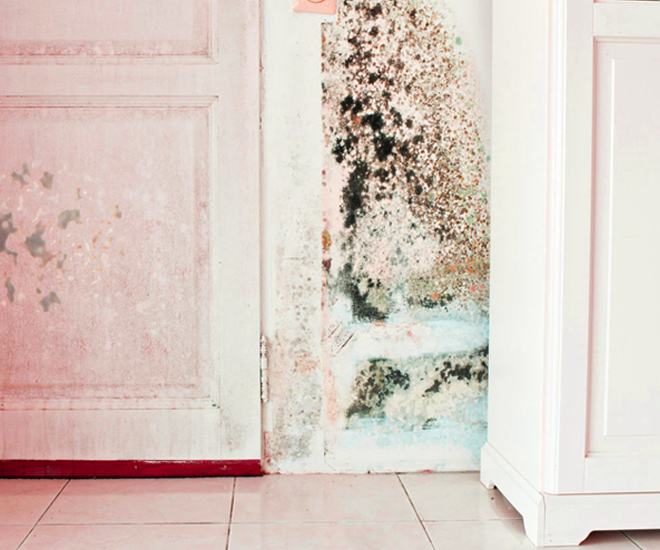After Mold Remediation Methods for Tidy Areas
After Mold Remediation Methods for Tidy Areas
Blog Article
Your Ultimate Guide to Post Mold And Mildew Removal Methods
In the aftermath of mold problem, knowing exactly how to effectively remove the mold and mildew and avoid its reoccurrence is extremely important for preserving a healthy and balanced indoor setting. From selecting the appropriate cleaning and decontaminating techniques to executing strategies for long-term mold avoidance, each action in the remediation trip plays an essential function in guaranteeing an effective outcome.
Comprehending Post-Mold Remediation Process
After completing the mold remediation process, it is critical to recognize the post-mold removal strategies that are necessary to guarantee a effective and detailed cleanup. Once the mold and mildew has actually been eliminated, the following action includes cleaning and disinfecting the affected areas to prevent any regrowth of mold and mildew. This consists of using specialized cleaning representatives to clean down surfaces and kill any type of continuing to be mold and mildew spores. It is vital to dry out the location totally to discourage the development of mold and mildew in the future (Post Remediation verification). Proper air flow and dehumidification can aid in this procedure.
In addition, conducting a last examination post-remediation is essential to guarantee that all mold and mildew has been effectively gotten rid of. This assessment should involve a comprehensive visual check as well as potentially air tasting to validate the absence of mold and mildew spores airborne. Added remediation may be needed if the examination reveals any kind of lingering mold. Educating residents on precautionary actions such as controlling moisture levels and promptly dealing with any kind of water leakages can assist preserve a mold-free environment.
Effective Cleaning and Decontaminating Approaches

Stopping Future Mold And Mildew Growth

Importance of Correct Air Flow
Appropriate ventilation plays an essential function in avoiding dampness accumulation, a vital consider mold development within indoor settings. Effective ventilation systems help get rid of excess humidity from the air, lowering the possibilities of mold and mildew spores finding the dampness they need to sprout and spread. Without sufficient ventilation, indoor areas can become a breeding place for mold, causing potential health and wellness threats and structural damages.
By ensuring appropriate air blood circulation, ventilation systems can likewise aid in drying out wet areas faster after water damage or flooding cases, even more hindering mold growth. After mold remediation. Precede like washrooms, basements, attic rooms, and kitchens where wetness degrees tend to be higher, mounting and maintaining effective air flow systems is essential in read what he said protecting against mold invasions

Surveillance and Maintenance Tips
Offered the essential function that proper air flow plays in stopping mold development, it is critical to develop effective surveillance and maintenance pointers to make sure the continued capability of ventilation systems. Normal evaluations of air flow systems must be conducted to inspect for any indicators of blockages, leakages, or malfunctions that might impede appropriate airflow. Tracking humidity useful reference levels within the residential property is also critical, as high humidity can add to mold development. Installing a hygrometer can aid track humidity degrees and alert homeowners to any spikes that may call for attention. Furthermore, making certain that air filters are frequently cleansed or replaced is necessary for maintaining the effectiveness of the air flow system. Implementing a routine for regular maintenance her explanation tasks, such as duct cleansing and heating and cooling system assessments, can aid prevent problems prior to they escalate. By remaining mindful and positive to the condition of air flow systems, property owners can successfully mitigate the risk of mold regrowth and preserve a healthy and balanced interior setting.
Conclusion
To conclude, post-mold remediation strategies are essential for guaranteeing a secure and clean environment. Understanding the procedure, carrying out efficient cleansing and sanitizing methods, preventing future mold development, preserving proper ventilation, and regular surveillance are all critical actions in the remediation process. By complying with these standards, you can effectively get rid of mold and stop its return, functioning or promoting a healthy and balanced living area for all residents.
In the consequences of mold problem, understanding exactly how to successfully get rid of the mold and mildew and prevent its reoccurrence is vital for maintaining a healthy interior environment. When the mold and mildew has been eliminated, the following step includes cleansing and disinfecting the impacted areas to avoid any kind of regrowth of mold - After mold remediation. After eliminating noticeable mold and mildew development, it is essential to clean up all surface areas in the damaged location to eliminate any staying mold and mildew spores. To further enhance mold avoidance actions, it is vital to resolve underlying issues that at first led to mold and mildew growth.Offered the crucial function that proper ventilation plays in preventing mold growth, it is imperative to establish reliable monitoring and upkeep suggestions to make certain the ongoing functionality of ventilation systems
Report this page